Reaching the right audience is critical for any business-to-business (B2B) marketing strategy. Without a focused approach, companies can miss potential customers who are most likely to benefit from their products or services. A clear, precise targeting strategy can help B2B companies identify and connect with other businesses, gaining a more substantial footing in their industry.
This article covers steps and strategies to build a strong, targeted audience that will support effective B2B marketing.
Understanding Your Target Market
The first step in building a B2B audience is knowing who you want to reach. B2B businesses typically market to other companies rather than individual consumers, so the factors that matter will differ from those in a business-to-consumer (B2C) market. For B2B, it’s important to think about:
- Industry: Identify the types of industries that would benefit from your products or services. For instance, a company selling cybersecurity solutions might target financial institutions, healthcare providers, and tech companies.
- Company Size: Small, mid-sized, and large businesses have different needs. Larger corporations might look for scalable solutions, while small businesses might prefer cost-effective and straightforward options.
- Role and Job Titles: Within a company, decision-makers and influencers vary. It’s useful to know who is likely to make purchasing decisions or influence those decisions, such as CEOs, CIOs, and procurement managers.
Building Buyer Personas
Creating buyer personas for your B2B audience provides a clearer picture of the specific business profiles you aim to target. A buyer persona is a fictional representation of an ideal customer, based on data, research, and insights into the company’s preferences and challenges.
A typical buyer persona for B2B could include details such as:
- Industry and Sector: Knowing the particular field, such as finance, technology, or manufacturing, will guide your approach.
- Challenges: Identify the common pain points. For example, an IT company might struggle with data security, while a retail chain might need supply chain management solutions.
- Decision-Making Process: Some companies may have a long review process involving multiple departments, while others may have one key decision-maker.
- Buying Motivations: Understanding why a company would consider your service—such as cost savings, productivity, or compliance—helps to focus your message.
An example of a buyer persona could be “Logistics Larry,” a supply chain manager in the manufacturing industry. His company needs efficient logistics software, and he wants a solution that can easily integrate with existing systems and improve delivery times.
Segmenting Your Audience
Audience segmentation is about dividing your target market into distinct groups based on their specific needs. For B2B marketing, segments might include different industries, company sizes, or geographical locations. By segmenting, you can adjust your messaging and approach for each group, which makes your marketing more relevant.
For example, a digital marketing company offering services to the tech sector may create separate campaigns for software firms and hardware manufacturers. They may need different solutions or face unique challenges, so a one-size-fits-all approach would be ineffective.
Choosing Marketing Channels for B2B Audience
Effective B2B marketing requires knowing where your audience spends time and choosing platforms that align with their habits. Commonly used B2B marketing channels include:
- LinkedIn: LinkedIn is a leading platform for B2B marketing, as it connects professionals and companies. A targeted digital marketing campaign on LinkedIn can reach specific industries, job titles, and even companies.
- Email Marketing: Email remains an essential channel for B2B outreach, especially when personalized. Companies can create segmented email lists based on industry, job role, and other factors, helping reach the right audience with relevant messages.
- Webinars and Events: Many B2B companies host webinars or attend industry events to connect with their audience directly. This method offers an opportunity to showcase expertise, answer questions, and engage with prospects.
- Content Marketing and Blogging: Blogs, whitepapers, and case studies offer ways to demonstrate knowledge and build trust. For example, a company that provides cloud storage solutions might write about data security trends to attract IT managers.
- Search Engine Marketing (SEM): Using search engines to promote B2B services through keywords is also effective. Paid search ads can target specific terms, while optimizing your website for search engines (SEO) can draw organic traffic.
Creating Content that Appeals to B2B Audiences
Content plays a significant role in attracting a B2B audience. Unlike B2C content, B2B content often focuses on practical information, solutions, and industry insights rather than entertainment. Common types of content for B2B marketing include:
- Whitepapers and eBooks: These are in-depth resources that provide value and demonstrate expertise. They’re often used to capture leads, as users need to provide their contact information to download them.
- Case Studies: A well-presented case study shows how a product or service has benefited a real client. For instance, a targeted digital marketing company might create a case study highlighting how their strategies helped a client improve lead generation by 40%.
- Infographics and Visual Content: While B2B audiences look for data and facts, visual content helps communicate information more clearly. Infographics can break down statistics or processes, making them easier to understand.
Tracking and Analyzing Data
Understanding audience behavior is key for making informed adjustments to your marketing efforts. Here are a few effective ways to track data and evaluate performance:
- Customer Relationship Management (CRM) Tools: CRM platforms can organize client interactions and lead data, allowing companies to track which industries or types of companies show the most interest in their services.
- Analytics: Using tools like Google Analytics to track website traffic can provide insights into the type of content attracting your audience. For instance, if a blog post on cybersecurity is getting many views, it might signal a strong interest from industries needing security solutions.
- Conversion Tracking: Tracking which channels and content lead to conversions will guide future strategies. For instance, if LinkedIn is driving most of the high-quality leads, you can adjust your focus on that platform.
Example of B2B Audience Building in Action
Let’s consider a company that offers software solutions for remote work. Their B2B audience would likely include:
- Industry Focus: Companies in sectors with large remote workforces, such as tech, finance, and media.
- Company Size: Businesses with 100+ employees who need more robust remote solutions.
- Job Titles: IT directors, HR managers, and C-level executives involved in decision-making for work infrastructure.
They may use LinkedIn to target HR professionals, webinars to reach IT departments, and email marketing to nurture leads. The company might also offer a whitepaper on “Best Practices for Remote Team Management,” appealing to HR managers and IT directors looking for actionable advice.
Personalization and the Role of AI in B2B Targeting
Personalization is increasingly important for B2B audiences. Generic emails or social media posts are often ignored, as B2B buyers seek solutions that speak directly to their needs. AI can play a role in helping companies personalize their approach by analyzing past interactions, browsing behavior, and industry trends.
For example, AI-powered recommendation engines can suggest relevant content to prospective customers based on their previous engagement. An AI-driven email marketing tool might personalize messages based on the recipient’s job role, industry, and past interactions, increasing the chance of response.
Summary
Building a targeted B2B audience requires clear understanding, segmentation, and strategic use of marketing channels. By tailoring efforts toward specific industries, job roles, and company needs, businesses can create meaningful connections and improve the effectiveness of their outreach. Tracking and analyzing data, creating relevant content, and leveraging AI for personalization can all enhance the B2B marketing strategy. With a focused approach, B2B companies can reach their intended audience effectively and support their growth in a competitive environment.







